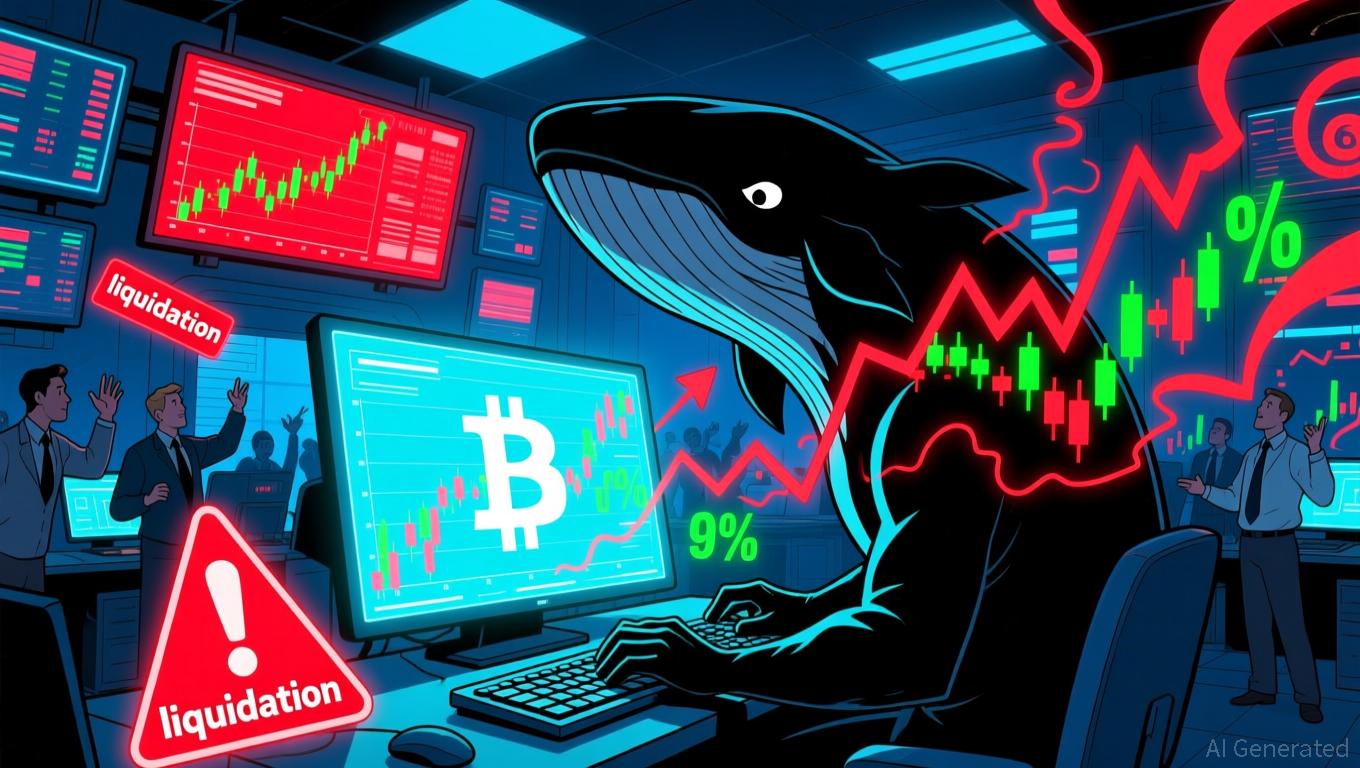Newsletter service beehiiv recently marked its fourth year by unveiling a range of new tools, such as an AI-powered website creator, podcast integration, and options for selling digital courses and products.
Put simply, beehiiv has evolved far beyond just newsletters. Co-founder and CEO Tyler Denk (who also authors a well-known startup newsletter) discussed with TechCrunch the motivations behind the company’s broader focus, noting that much of it was driven by user feedback, especially since beehiiv initially only provided simple blog templates.
“All of our users were saying, ‘This is great, I enjoy your email features, but my blog looks identical to everyone else’s. It’s not customizable. I want to offer courses. I want to gather leads. I need more control over my site,’” Denk recalled. “That’s why we acquired TypeDream — a YC startup — to meet that demand, since people wanted more advanced websites. And as soon as you give a little, people want even more.”
This expansion puts beehiiv in more direct competition with other creator platforms, even those that weren’t originally newsletter-focused. Denk even suggested that the creator industry is headed for “major consolidation,” whether that’s through companies shutting down, mergers, or acquisitions.
Still, Denk doesn’t believe the market for new newsletters is anywhere near saturated.
“Great content will always stand out,” he said, suggesting that the increasingly fragmented social media environment could actually create more opportunities.
Below is a transcript of our conversation, condensed and edited for clarity.
You’ve often repeated the phrase that beehiiv is “arming the rebels of digital content.” Can you elaborate on what that means?
I was inspired by Shopify’s president, who talked about empowering the rebels of digital commerce — or something along those lines.
The creator economy is all about shifting influence from large institutions to individuals, giving them the tools to thrive. If you look back, distribution and power were once tightly held, but now, with independent media, people turn to their favorite podcasters or creators for information instead of traditional TV or radio.
We’re seeing not just a democratization of information, but also a constantly changing landscape where anyone can succeed online by creating content. These trends seem to be picking up speed. The last election cycle highlighted what actually influenced voters and public opinion. There’s a huge shift happening.
This year, many journalists — from The Washington Post and other established outlets — have built strong personal brands, know their audiences intimately, and now have the resources to go independent. That’s exciting, inspiring, and we hope beehiiv can be a key part of the toolkit that supports them.
One thing that stands out about beehiiv is your work with both solo creators and major publishers like TechCrunch, as well as other established media brands. How do you approach building a platform that meets such diverse needs?
That’s a great point, and it’s why we used the tagline “the operating system of the content economy” at our recent event. I don’t want beehiiv to be seen as just a creator economy tool. We serve big names like TechCrunch, Time, and Newsweek, and we do it just as well as we serve independent creators.
There’s a common thread: content is at the heart of their business, and we believe we can be the platform that helps them succeed. Back when I was at Morning Brew as the second employee, I built their internal systems and helped them scale. When we had 3 million readers, independent writers and smaller outlets would approach us, wanting the same tools we had — even those writing for just a handful of people.
The original idea for beehiiv was to create enterprise-grade software like we built at Morning Brew, but make it accessible and affordable for everyone, no matter their size. That’s how we ended up in this unique position: true enterprise-level tools that can be used by both major publishers and someone just starting a small newsletter for a few friends.
It does make things more complex for marketing and PR, and even how we talk about our users, since they’re so varied. But I believe they all want the same core things: an easy way to create content, grow their audience, and increase revenue. If we can deliver on those and integrate well with their other tools, that’s the winning formula.
 Image Credits:beehiiv
Image Credits:beehiiv
You mentioned your recent product launch , where my impression was that beehiiv has moved beyond just newsletters — especially with the introduction of the AI website builder. Was this always part of your vision, or did it develop over time?
Honestly, most of our roadmap is shaped by user feedback. Our biggest strength is how closely we listen to our users and how quickly we act on their suggestions.
If you’d asked me four years ago, I would have said we’re the top newsletter platform with an ad network that opens up premium advertising to everyone, similar to what YouTube did for video. We wanted to do that for email, letting brands like Nike and Netflix sponsor a variety of newsletters, giving creators access to advertisers they wouldn’t otherwise reach. That’s still a big part of our vision.
From the beginning, we offered a very simple website builder — really just a default blog template. Users kept telling us, “I like your email tools, but my blog looks generic. It’s not flexible. I want to sell courses, collect leads, and have more control.” That’s why we acquired TypeDream, a YC company, to help users build better websites. But as soon as we launched the new website builder in July, people started asking for even more features they had on platforms like WordPress or Wix, such as booking, selling digital products, courses, and embedding content.
Every time we launch something to meet a need, it opens up new possibilities. Besides listening to users, our other big advantage is our speed in product development and engineering. If we believe we can serve our users better than anyone else, we naturally move on to the next thing they need.
One trend is that any platform with creator tools — whether it’s for subscriptions, newsletters, or something else — eventually starts adding more features. A few years ago, I wouldn’t have thought of beehiiv as a competitor to Patreon, but now it seems like all creator platforms end up overlapping as they expand their offerings.
I’ve been saying lately that we’ll see a lot of consolidation in the creator industry. Whether that happens through companies shutting down, mergers, or acquisitions, we’re already seeing traditional creator platforms broaden their scope. Some started as link-in-bio tools and added website builders, others began with courses and communities and then launched newsletter or email features.
I think we’ll see more platforms merging features across the creator and content stack. My view is that email is particularly challenging — it requires complex infrastructure, especially at scale. That’s why I believe email is a strong competitive edge, since it’s a key communication channel. I’m betting that we can expand into websites, link-in-bio, courses, and communities more effectively than those platforms can move into email.
Of course, you believe your product is the best. But is there something deeper that you think sets beehiiv apart from other platforms?
It’s hard to measure, but I’d say it’s our commitment to product quality and excellence. There are plenty of platforms I use daily, even outside the creator space, that aren’t particularly great. I want beehiiv to be the most enjoyable product people use every day, and I think we have a real chance to make that happen.
Also, most creator platforms take a percentage of your earnings, but we don’t take a cut from paid subscriptions, digital products, appointments, or sales. That’s a core principle for us: just because we connect Stripe and facilitate payments, we don’t think it’s right to take a 10% fee.
We move fast, not just because we have to, but because our users have many needs and we want to meet them quickly and effectively. I think that’s reflected in what we’re building.
As you branch out into new areas, do you still plan to avoid taking a percentage of user revenue? Or could you see a future where the main product is SaaS, but other features have different pricing models?
Our intention is to only charge a subscription fee, not a percentage of any revenue streams.
You mentioned wanting to boost brand awareness, especially earlier this year. I’m in New York and have seen a lot of beehiiv ads on the subway. How effective do you think those campaigns have been?
That period was definitely when we saw the fastest growth — we really focused on building our brand and making an impact.
Our product today is ten times better than it was then. We’re ready to serve a much broader range of users. I expect we’ll ramp up our marketing and growth efforts even more in Q1 next year.
There’s always room to improve the product, but I think we’re in a strong position to attract and support users and deliver on our promises. Now, we need everyone in New York — and anyone with the ambition to build something around their content — to know who we are.
Strategically, we’re taking a different path than Substack, but because we launched around the same time, we’re often compared. They have the first-mover advantage and stronger brand recognition, so we need to catch up there.
Even though beehiiv has gained more visibility this year, it seems like Substack has become almost synonymous with starting a personal brand-focused, newsletter-driven publication. Does that concern you? Do you want to claim more of that mindshare?
Absolutely. We want to be top of mind and capture that mindshare. But as I said, we’re heading in very different directions. Substack is building a social feed to compete with platforms like X, Threads, Instagram, and Bluesky. We’re focused on providing tools and infrastructure.
I often compare it to Amazon versus Shopify. On Amazon, there are millions of third-party sellers, but you don’t know who they are, and they don’t get the customer data. Everything goes through Amazon’s interface and branding. That’s similar to Substack — they control the reader experience and data.
We’re more like Shopify — we provide the behind-the-scenes tools and infrastructure to help content businesses succeed. We’re not encouraging people to launch “beehiivs.” We’re simply the platform that supports their growth. I think that appeals to many users. Some just want a simple blogging platform and might prefer Substack, but I believe there’s room for both of us to thrive.
I’d also like to hear your thoughts on how the media industry is changing and where you see it heading. As you mentioned, it’s an exciting time because anyone with some success can go independent and bring their audience with them. But it also seems like people are doing this because there are fewer traditional opportunities than before.
It’s definitely a unique and challenging market. On the plus side, we’ve seen many so-called “unknown” creators on our platform who have built successful businesses around topics like EVs, crypto, or AI.
Back in the days of Morning Brew and theSkimm, the goal for newsletters was to grow as quickly as possible, reach a million subscribers, and land big sponsorships. Now, we have a farming newsletter with 2,500 subscribers making $15,000 a month. Niche content is powerful, thanks to tools that enable direct paid subscriptions, community building, digital products, courses, and events.
Beehiiv is just one part of a much larger ecosystem that makes this possible. If you can find your 1,000 true fans, you can build a sustainable business. That wasn’t as feasible five or ten years ago.
You touched on this, but let me ask a related question. As a tech journalist who’s considered starting something independently, it seems like so many tech writers have launched Substacks or newsletters. Do you worry that the market is saturated, at least in some areas?
Saturation is always an interesting topic. Since our seed round, people have been saying we’d reached “peak email.” Apparently, that happens every week.
But we also have more podcasts, more video content, more user-generated and professionally produced video than ever before. Yet no one claims we’ve reached “peak Netflix.” The world is huge, and you can carve out a niche in any content area. Ultimately, the best content will always stand out.
So yes, there are lots of tech writers. But what’s your unique angle, expertise, and access? How do you present your content in a way that’s different? Things are definitely getting more crowded, but that’s true everywhere. Quality will always rise, and there are enough people and business models to allow for differentiation.
You mentioned that the best content rises to the top. I hope that’s true, but with the landscape so fragmented — especially after all the changes with Twitter/X — it feels harder to stand out.
With platforms like Mastodon, YouTube, Reels, TikTok, and Bluesky, there are more ways to reach audiences, even if things are more fragmented. In some ways, relying too much on old Twitter was riskier, since the algorithm could limit your reach at any time. Now, there are more opportunities and touchpoints to connect with people.
There are always two sides — fragmentation can be daunting, but it also means more chances to reach different audiences.
Intellectually, I think it’s better for the world to have many platforms with less concentrated power, but I realize I don’t depend on them the way a solo newsletter creator does to find an audience.
On that note, I wanted to ask about the range from major outlets like Time and TechCrunch to individual creators. One thing people are watching for is whether these platforms can support not just solo ventures, but the newsrooms of the future. Have you seen that happen on beehiiv?
Definitely. We’ve seen plenty of newsletter-first companies launch — Status and Oliver Darcy’s project is a recent example. He left CNN, started his own publication, and now has a small team. I think they’re planning to add new verticals.
There are many newsletters that began as side projects and have grown to tens or hundreds of thousands of subscribers, generating revenue and expanding beyond just one person.
Last question: Looking ahead 10 years, how do you think the creator and media economy will change?
I don’t expect any dramatic shifts, but when asked about 2026, I said I think current trends will simply continue. AI will create some tailwinds, including some job displacement. If you’re a mid-level product manager, for example, you’ll need to differentiate yourself. If I’m hiring, I’d prefer someone who’s shared their thoughts online, so I know what they value and how they think, rather than just another anonymous applicant.
So I believe personal branding and authentic storytelling will become even more important as AI becomes more prevalent. Whether it’s through email, websites, podcasts, or video, putting your voice and personality out there will be key to standing out — both in your career and more broadly.


